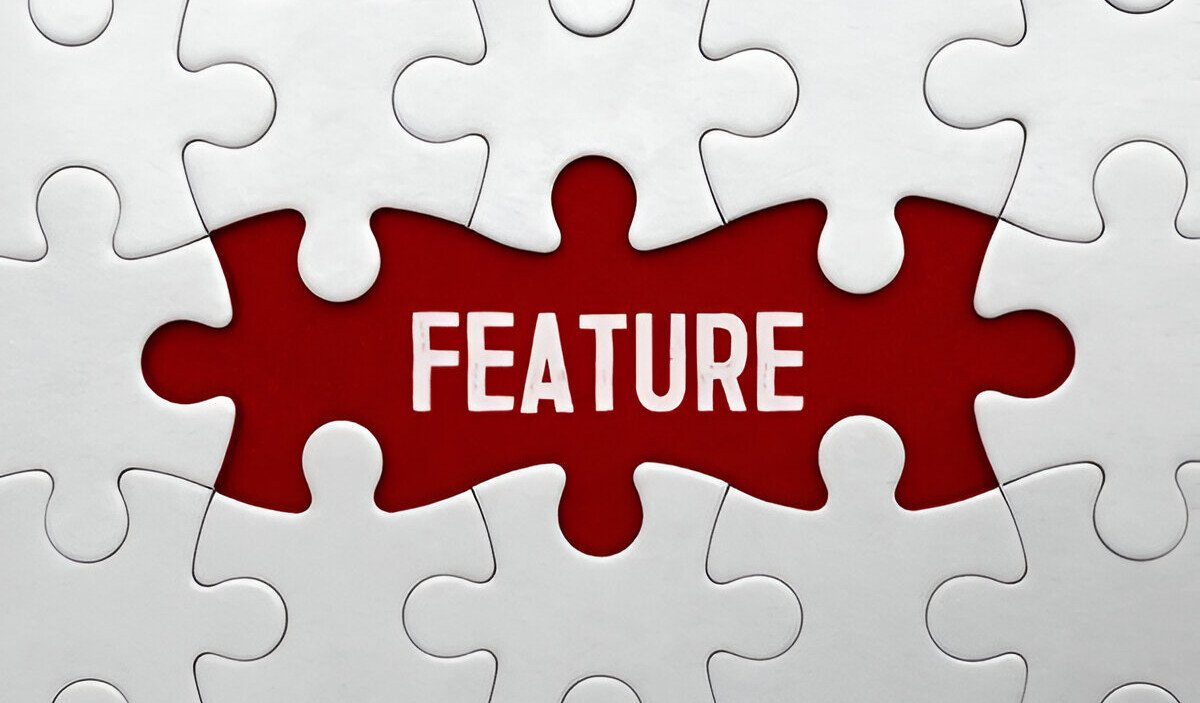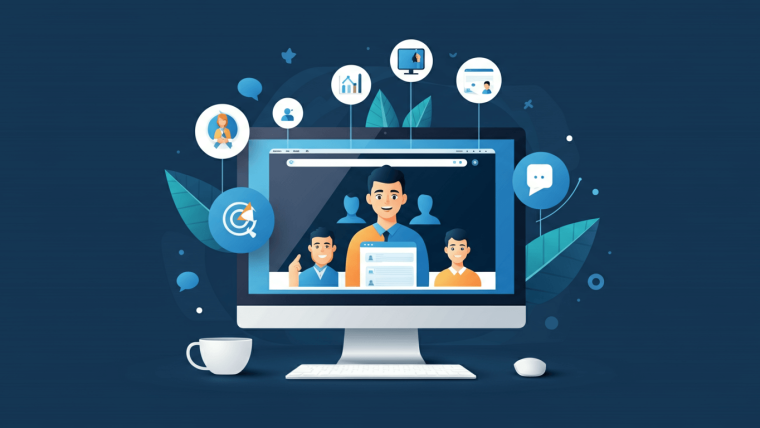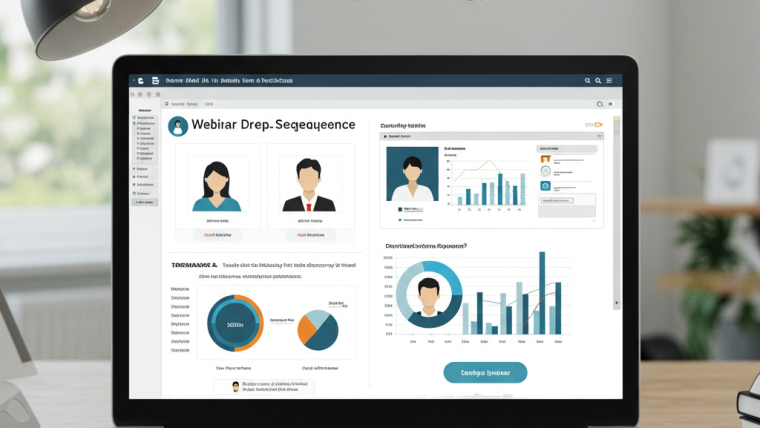Choosing the right webinar software isn’t just about hosting online meetings. It’s about creating a powerful experience for your audience while giving you control and flexibility. Whether you’re running a product demo, training session, or live event, the software you choose must support your goals.
The challenge is that not all webinar platforms are created equal. Some may look good on the surface but lack essential tools when it comes to performance and engagement. That’s why you need to know exactly what to look for before making a decision.
Let’s explore the top features to look for in webinar software and why they matter so much.
High-Quality Video and Audio Streaming
The very first thing your audience will notice is the video and audio quality. Poor streaming instantly reduces credibility and kills engagement. A strong webinar tool must deliver HD-quality video and crystal-clear audio, even with hundreds of participants.
Why This Matters:
Imagine hosting a live product demo and your video freezes midway. Viewers won’t wait—they’ll leave. Clear visuals and stable sound are non-negotiable for a professional experience.
Browser-Based Access
Good webinar tools should not require your audience to download any software. The best ones are browser-based, letting users join with a simple link. This small detail boosts attendance by reducing friction.
What to Look For:
Check if the software supports all major browsers and mobile devices. Cross-device compatibility ensures your event is inclusive and accessible.
Screen Sharing and Presentation Tools
Effective communication during a webinar depends on your ability to share visuals and walkthroughs. That’s why robust screen sharing and file presentation options are essential.
Key Capabilities:
The platform should let you switch between slides, screens, and applications without lag. Also, check if it supports various file types like PDFs, PPTs, or videos during live sessions.
Real-Time Engagement Features
Engagement tools can make or break your webinar. It’s not just about speaking—it’s about interaction.
Must-Have Tools:
Live chat, Q&A boxes, polls, emoji reactions, and hand-raising tools allow your audience to connect and respond. These tools bring life to your event and keep people focused.
Reliable Recording and On-Demand Access
You won’t always get everyone to attend live. That’s why reliable recording functionality is crucial. The software should allow you to automatically record webinars and share them later.
Post-Event Impact:
With on-demand playback, your content keeps working for you even after the live event. People can rewatch, and new leads can engage at their convenience.
Automated Webinars
Not all webinars have to be live. Sometimes you need to scale without being present. That’s where automated webinars come in. This feature lets you pre-record and schedule sessions as if they’re live.
Where It Helps:
Perfect for training, evergreen content, or marketing funnels. Make sure the software still includes engagement tools like chat or Q&A even during automation.
Integrations with CRM and Marketing Tools
Your webinar shouldn’t operate in a silo. A good platform integrates with tools like email marketing platforms, CRMs, and analytics dashboards.
Example Integrations:
Look for compatibility with tools like Mailchimp, HubSpot, Salesforce, or Google Analytics. It helps track attendee behavior and follow up with leads automatically.
Analytics and Reporting
Data-driven decisions are key to improving webinar results. You need clear metrics after each event.
Essential Metrics:
Who joined? How long did they stay? Did they engage with polls or chats? Post-event reports should offer all this data to help you refine future webinars.
Custom Branding Options
Your brand should stand out throughout the webinar. From registration pages to live sessions, everything should reflect your identity.
What to Customize:
Logos, brand colors, welcome messages, and thank-you pages. A polished brand experience builds trust and recognition.
Scalability and Participant Limits
Your webinar software should grow with you. Today, you may only need 100 attendees. Tomorrow, it could be 1,000.
What You Need:
Check pricing and capacity tiers. The best platforms let you scale easily without switching to a new provider. Also, see how many presenters can join and if breakout rooms are available.
Strong Security Features
Privacy is no longer optional. From password-protected access to encryption, security matters—especially if you’re handling sensitive data or paid content.
Security Features to Watch For:
-
End-to-end encryption
-
Waiting rooms
-
Attendee approval settings
-
GDPR compliance
These protect both you and your audience.
Easy Setup and Intuitive Interface
You shouldn’t need to be a tech expert to run a webinar. The platform must be user-friendly for both hosts and participants.
User Experience Counts:
Test the interface. Are the controls easy to find? Can you set up events quickly? A steep learning curve can delay your progress or even discourage future webinars.
Final Thoughts
Choosing the right webinar software can completely change the way you engage, convert, and scale your online events. You don’t need every flashy feature—just the ones that support your goals.
Focus on high-quality streaming, real-time engagement, analytics, automation, and integration. These are the top features to look for in webinar software, whether you’re just starting or planning to host large-scale events.
Before committing, always test the platform through a free trial or demo. Real-world testing helps you understand its strengths and any potential deal-breakers. And remember, your goal isn’t just to run a webinar—it’s to deliver an experience that your audience won’t forget.
Choosing the right webinar platform becomes even more critical when you’re planning high-impact events like product launches. See how it all comes together in Virtual Events for Product Launches: A Complete Guide.








Webinar Analytics: A Complete Guide to Measuring Success and Improving Performance
The Ultimate Webinar Follow-Up Strategy to Turn Attendees into Customers
Webinar Accessibility Best Practices: How to Make Your Online Events Inclusive for All
Webinar Personalization: Tailoring Content to Audience Segments for Maximum Engagement